OMG! WHAT HAVE I DONE?
http://en.wikipedia.org/wiki/Design_by_committee
A CAMEL IS A HORSE DESIGNED BY A COMMITTEE.
READ ME : SARAWAK JUNE 17 2010 To : David Lancashire
David – Not sure what you would want – but If I was arguing for a conference location with all its amenities of a global standard but one which
also challenges participants to reflect on design and it’s practice in a place –
where the magnificent fragility of the environment and human culture are a back drop
where nature is an overt and ever present phenomena in the city (3- 4 metres of rain 22 >32 C pa
– rainforest + mould )
where multi-culturism has been an ongoing successful experiment for centuries
(3-4 languages in common use and English a required language )
where traditional rainforest born crafts are fast approaching a possibly terminal intersection
with technology and modernity
where a local vernacular graphic design and language evolves spontaneously and vigorously
alongside/despite global marketing strategies
where superb indigenous architecture is lost in time and the forest
where the clouds are an engrossing narrative
where eating is a pleasure to be enjoyed in public .
where orangutang are considered citizen
where tattoos are indigenous
where the people are so nice
where Islam is the ‘state’ religion but evangelical christianity roams free and beer is generally ok.
Sarawak is a good place.
Kuching is also strikingly beautiful – to this traveller – small – an invention of necessity
not empire – 600,00 people – everything within walking or affordable taxi ride distance
– including the beach – the mountains.
After 10 weeks in Sarawak I know it is a place to hold onto – An island that time didn’t forget
but to a large extent allowed it to remain a pretty manageable micro version of the world – where all the human experiments
– successful and unsuccessful from neolithic onward have happened and at many levels are continuing
to happen parallel with the unselfconscious uptake not invasion of modernity.
Some random urls below including sape.
http://www.youtube.com/watch?v=Msd_Dn3-ar0&feature=related
Don’t forget
anthonyfward.wordpress.com for pics
best regards
AFW
http://www.2malaysia.com/sarawak/places.htm.
http://www.scv.com.my/
http://www.edricong.com/aboutus.html
http://www.museum.sarawak.gov.my/textilefile/mid.htm
http://www.textiletravels.com/malay/international_ikat_forum.htm
http://www.rainforestmusic-borneo.com/web/en/about_rwmf.htm
Designing A Sustainable Design Conference Is Designing A Sustainable Event.
challenges participants to reflect on design and it’s practice
the environment and human culture
multi-culturism has been an ongoing successful experiment
an invention of necessity not empire
a pretty manageable micro version of the world
INDIGO > KUCHING 2012 – In The Context of the Sustainability Hendecalogue
SUT/SUTS IS A BUSINESS PARTNER – NOT AFW
AFW IS A DESIGN EDUCATOR EMPLOYED BY SUT/SUTS
HE IS A COMMUNICATION DESIGNER REDISCOVERING PERSONAL AUTONOMY AS AN INALIENABLE HUMAN RIGHT
HE IS A BELIEVER IN THE ‘SANCTITY’ OF CULTURAL AUTONOMY
HE IS AN ELDER NOT AN ACADEMIC –
HE IS NOT A BUREAUCRAT
HIS LANGUAGE IS HIS OWN
1.IS THIS CONFERENCE RELEVANT AND/OR NECESSARY
7. WHO ARE THEY
6. WHY SHOULD THEY COME
2.WHAT ARE STRATEGIC GOALS V THE SHORT TERM
3 .WHY KUCHING
4. WHAT ARE THE LONG AND SHORT BENEFITS TO HOSTS AND GUESTS
5. WHAT ARE THE COSTS
8. IS THERE TENSION BETWEEN PROGRESS AND SUSTAINABILITY
Sustainability – Common principles – Quoting WIKIPEDIA
1: Dealing transparently and systemically with risk, uncertainty and irreversibility.
2:Ensuring appropriate valuation, appreciation and restoration of nature.
3:Integration of environmental, social, human and economic goals in policies and activities.
4:Equal opportunity and community participation >Sustainable community.
5: Conservation of biodiversity and ecological integrity.
6: Ensuring inter-generational equity.
7: Recognizing the global integration of localities.
8: A commitment to best practice.
9: No net loss of human capital or natural capital.
10:The principle of continuous improvement.
11:The need for good governance.
Decade of Education for Sustainable Development
The United Nations has declared a Decade of Education for Sustainable Development starting in
January of 2005. A non-partisan multi-sector response to the decade has formed within the U.S.
via the U.S. Partnership for the Decade of Education for Sustainable Development. Active sectors
teams have formed for youth, higher education, business, religion, the arts, and more.
Organizations and individuals can join in sharing resources and success stories,
and creating a sustainable future.
Here are the minutes of our recent INDIGO* meeting — the portions that refer to Design Week Sarawak.The projects mentioned are only proposals at the moment.
— The INDIGO Mother Tongue touring exhibition consisting of contributions from creatives around the world is likely to stop by in Kuching during the Design Week Sarawak. INDIGO needs to set up a team to curate, organise and fund this project.
— Roundtable event involving UNESCO and governments in the region to discuss indigenous issues as part of UN’s Millennium Development Goals. The event will include INDIGO initiatives. INDIGO will explore funding from UNESCO and other sources.
— Sarawak is likely to be the launch pad for INDIGO 2.0 – the next level.
— Tony Ward, who will be attached to Swinburne University Kuching, has been added to the task team for INDIGO for Design Week Sarawak. The task team comprises: William Harald-Wong, Dr. Ajanta Sen, Sali Sasaki, Russell Kennedy, Diala Lada and Brenda Sanderson.
— It is important to align all partners and collaborators from Peninsula Malaysia (wREGA) and East Malaysia, so that everybody heads in one direction.
kind regards,
william
*The INDIGO team is independent from, but reports to the Icograda Board and has a different set of people.
Brenda sits on both teams.





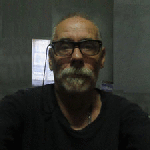








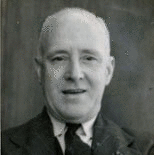



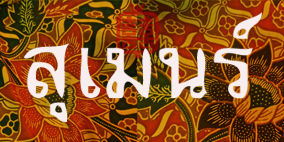


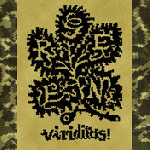
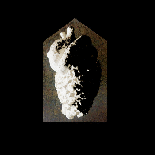

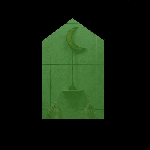
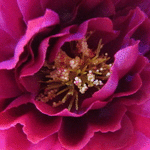

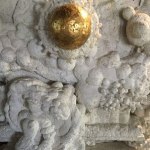


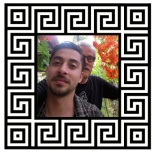
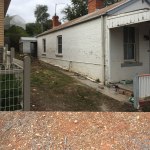
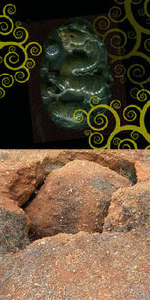
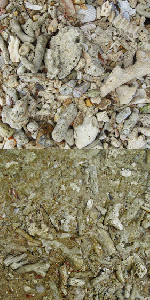
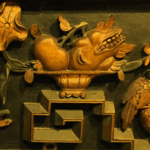

Leave a comment